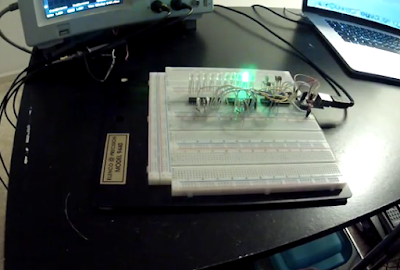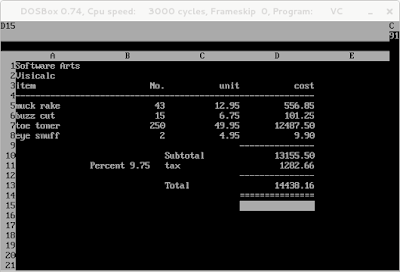Playing soduku.

Soduku is an interesting game of numbers and logic. You can not lose of you play it right. The board with preset numbers already sporadically spaced on the board can be divided into nine sections with each section of nine squares.The numbers one through nine must be strategically placed so that no number is duplicated in any column or row. Here is your typical sections. Section: The whole board: or you could mentally separate it into three columns or rows. You can have a maximum of one number shown three times in any column or row. For example we already have the number eight three times but the number nine is only shown twice. so we need another nine. In the upper right hand corner we have three possibilities where another number nine can go. So we look at the whole board to eliminate the possibilities in our mind. In this case, it was easy to figure out the where the third nine should go. It will not be that easy with every number. It...




